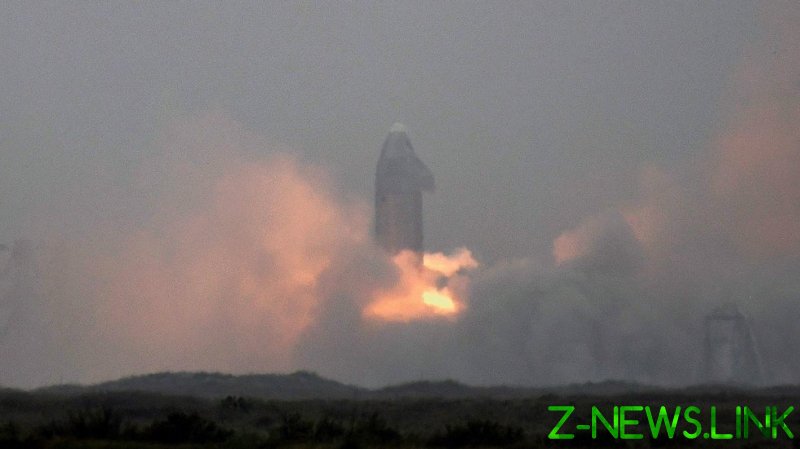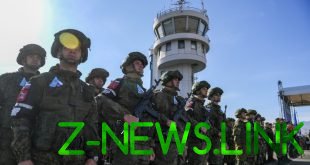
“Starship landing nominal!” Musk tweeted on Wednesday, after the SN15 vessel successfully touched down on the landing pad in Boca Chica, Texas – just north of the border with Mexico.
The 150-foot (45 meter) tall SN15 had taken off at 5:24 pm local time (10:24 GMT) and flew to the altitude of about six miles (almost 10 km) to test a series of maneuvers. Its three Raptor engines gradually shut off and SN15 went into horizontal free-fall, before two of the rockets were reactivated to “flip” the ship for a vertical landing.
For the next several nail-biting minutes, all eyes were glued to the vessel, as the ill-fated SN10 had also landed only to undergo “rapid unscheduled disassembly” by exploding on the pad, back in March. Flames that briefly licked the underside of SN15 were quickly extinguished, however, and the test was judged a success.
Wednesday’s triumph comes after a string of costly failures for SpaceX. The SN11 crashed into the ground in thick fog during the March 30 test, with Musk joking that “at least the crater is in the right place!” SN9 also exploded during the landing phase of the test, back in early February. Early Starships would crumple like tin cans even before takeoff, but SpaceX kept going.
SN15 had implemented a number of improvements from the previous models, incorporating the lessons of past failures, SpaceX said ahead of the launch.
The test also bolstered SpaceX’s case with NASA, which had picked Musk’s vehicle last month as the lander for its Artemis moon mission – originally planned for 2024 but currently still grounded due to budget constraints. The award was suspended after NASA received complaints from two rival companies, Dynetics and Blue Generation, neither of which has an operational lander.
Whether by design or coincidence, Wednesday’s test happened on the 60th anniversary of the first crewed US space flight. Alan Shepard became the first NASA astronaut to cross the boundary of space on May 5, 1961, when his Mercury capsule performed a 15-minute suborbital flight.
Soviet cosmonaut Yuri Gagarin had completed the first human orbital flight three weeks prior.
Think your friends would be interested? Share this story!
© 2021, paradox. All rights reserved.





